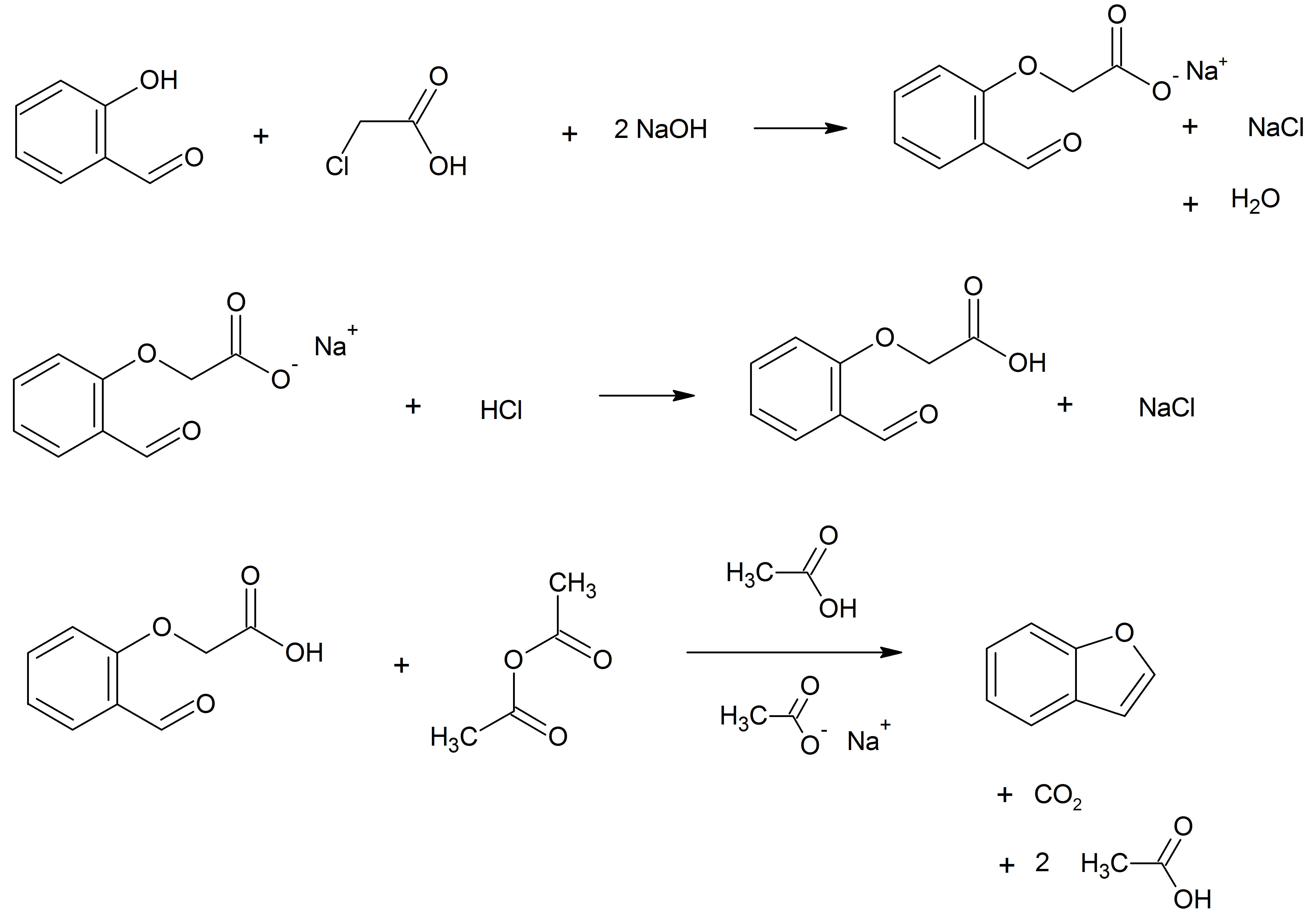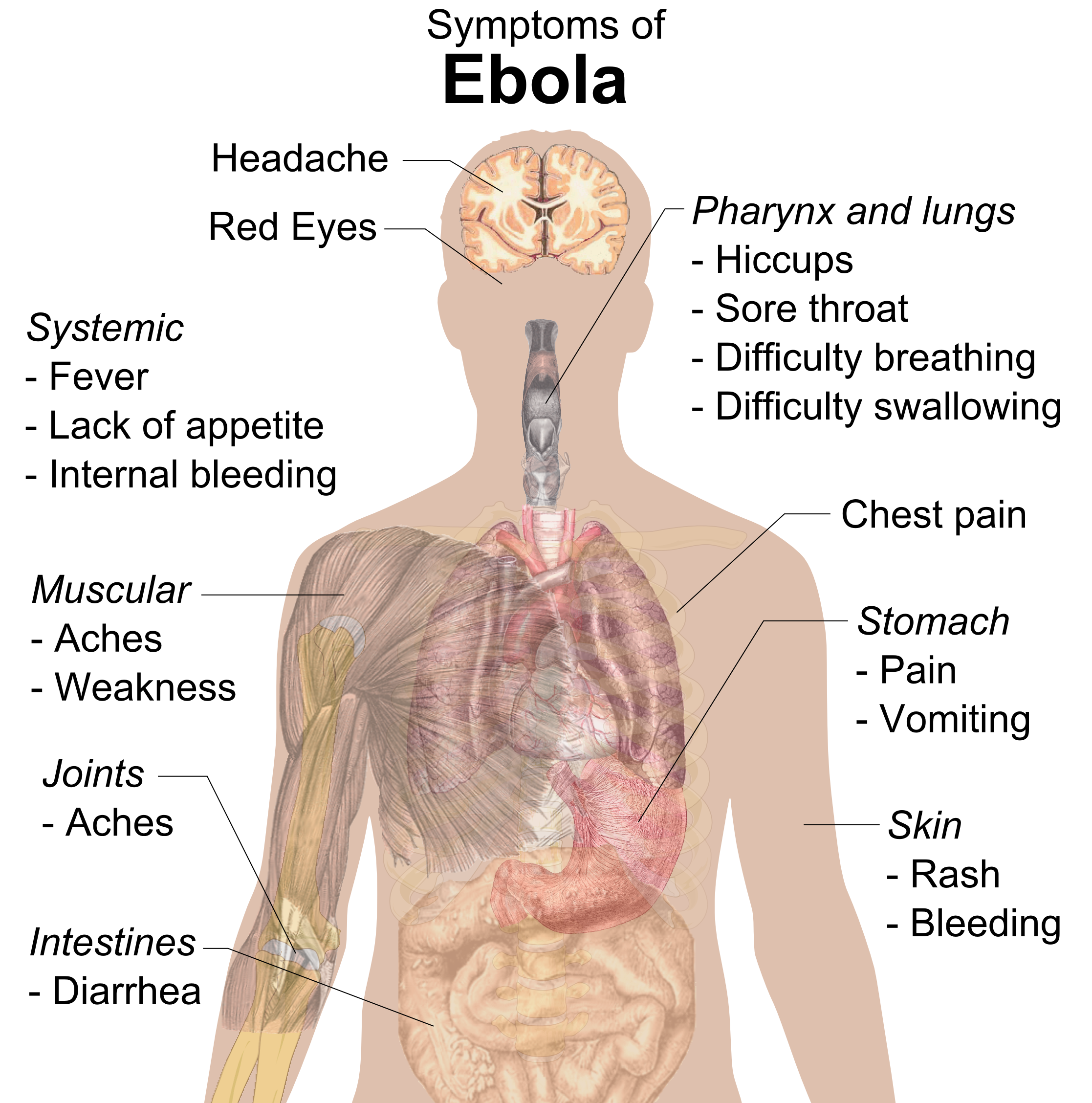|
Silvestrol
Silvestrol is a natural product from the flavagline family, with a cyclopenta benzofuran core structure and an unusual dioxane ether side chain, which is found in the bark of trees from the genus ''Aglaia'', especially ''Aglaia silvestris'' and ''Aglaia foveolata''. Bioactivity It acts as a potent and selective inhibitor of the RNA helicase enzyme eIF4A, and has both broad-spectrum antiviral activity against diseases such as Ebola and coronaviruses, and anti-cancer properties, which makes it of considerable interest in medical research. However, as it cannot be extracted from tree bark in commercial amounts and is prohibitively complex to produce synthetically, practical applications have focused more on structurally simplified analogues such as CR-31-B. See also * Rocaglamide Rocaglamide is a natural product which belongs to a class of molecules called flavaglines. This compound was isolated in 1982 by Ming-Lu King (金明儒) and colleagues based on its antileukemic ... [...More Info...] [...Related Items...] OR: [Wikipedia] [Google] [Baidu] |
Aglaia Silvestris
''Aglaia silvestris'' is a species of plant in the family Meliaceae. It is found in Cambodia, India, Indonesia, Malaysia, Papua New Guinea, the Philippines, the Solomon Islands, Thailand, and Vietnam. This plant initiated the naming of the Rocaglamide Rocaglamide is a natural product which belongs to a class of molecules called flavaglines. This compound was isolated in 1982 by Ming-Lu King (金明儒) and colleagues based on its antileukemic activity. The name of Rocaglamide is named from tw ... derivatives silvestrol and episilvestrol. In fact they were derived from the fruits and twigs of '' Aglaia foveolata''. References silvestris Near threatened plants Taxonomy articles created by Polbot {{Meliaceae-stub ... [...More Info...] [...Related Items...] OR: [Wikipedia] [Google] [Baidu] |
Aglaia (plant)
''Aglaia'' is a genus of 121 recognised species of woody dioecious trees in the mahogany family Meliaceae. They occur in the subtropical and tropical forests of Southeast Asia, northern Australia and the Pacific. Some species are important timber trees; others have scented flowers, or medicinal properties (the edible fruits duku or langsat have now been placed in the genus '' Lansium''). Many have complex biological relationships with their dispersal agents. Phytochemistry Species in the genus ''Aglaia'' synthesize a unique class of highly bioactive chemical compounds known as flavaglines. Over 50 unique compounds of this class have been described so far, including rocaglamide, aglafoline, silvestrol, pannellin, episilvestrol, and ponapensin. They are known for their anti-cancer, anti-fungal, anti-inflammatory and insecticidal properties. Several of these compounds have been shown to be exceptional therapeutic agents for cancer chemotherapy, however further research ... [...More Info...] [...Related Items...] OR: [Wikipedia] [Google] [Baidu] |
Aglaia Foveolata
''Aglaia foveolata'' is a species of tropical tree in the family Meliaceae. This plant occurs in Brunei, Indonesia, and Malaysia. It produces edible fruit. The bark contains silvestrol which is a potent inhibitor of ebola virus and Zika Virus Zika virus (ZIKV; pronounced or ) is a member of the virus family ''Flaviviridae''. It is spread by daytime-active ''Aedes'' mosquitoes, such as '' A. aegypti'' and '' A. albopictus''. Its name comes from the Ziika Forest of Uganda, where ... replication. References foveolata Near threatened plants Taxonomy articles created by Polbot {{Meliaceae-stub ... [...More Info...] [...Related Items...] OR: [Wikipedia] [Google] [Baidu] |
Flavagline
Flavaglines are a family of natural products that are found in plants of the genus ''Aglaia'' (Meliaceae). These compounds are characterized by a cyclopenta 'b'' enzofuran skeleton. In 1982 King and colleagues discovered the first member of this family, rocaglamide, based on its antileukemic activity. Since then, about 50 other flavaglines have been characterized. These molecules display strong insecticidal, antifungal, anti-inflammatory, neuroprotective, cardioprotective and anticancer activities. In mouse models of cancer, flavaglines enhance the efficacy of chemotherapies and also alleviate the cardiac adverse effect of these chemotherapies. The challenge raised by their structural complexity has attracted the attention of some organic chemists. In 1990, Barry Trost presented an enantioselective synthesis of rocaglamide in 18 steps and confirmed its absolute configuration. See also * FL3 (flavagline) *Rocaglamide *Silvestrol Silvestrol is a natural product from the flavag ... [...More Info...] [...Related Items...] OR: [Wikipedia] [Google] [Baidu] |
Vicinal Diols of changed physical/molecular structure at the boundary of many liquids and a barrier has been described as the interfacial layer or the vicinal layer.
{{disambig ...
Vicinal ''("In the neighbourhood of")'' is a general adjective used as a standard, specific, technical descriptor in a range of contexts, including: * Vicinal (chemistry), stands for any two functional groups bonded to two adjacent atoms. * Vicinal tramway or ''Buurtspoor'', a system of narrow gauge tramways or local railways in Belgium. * In materials science, a "vicinal substrate" is a thin-film substrate whose surface normal deviates slightly from a major crystallographic axis. * In physics, the exclusion zone An exclusion zone is a geographic area in which specific activities are prohibited by an authority. The United States Department of Defense defines an exclusion zone is a territory where an authority prohibits specific activities in a specific g ... [...More Info...] [...Related Items...] OR: [Wikipedia] [Google] [Baidu] |
Benzofuran Ethers At The Benzene Ring
Benzofuran is the heterocyclic compound consisting of fused benzene and furan rings. This colourless liquid is a component of coal tar. Benzofuran is the structural nucleus (parent compound) of many related compounds with more complex structures. For example, psoralen is a benzofuran derivative that occurs in several plants. Production Benzofuran is extracted from coal tar. It is also obtained by dehydrogenation of 2-ethylphenol. Laboratory methods Benzofurans can be prepared by various methods in the laboratory. Notable examples include: *''O''-alkylation of salicylaldehyde with chloroacetic acid followed by dehydration (cyclication) of the resulting ether and decarboxylation. *Perkin rearrangement, where a coumarin is reacted with a hydroxide: : *Diels–Alder reaction of nitro vinyl furans with various dienophiles: : * Cycloisomerization of alkyne ortho-substituted phenols: : Related compounds * Substituted benzofurans * Dibenzofuran, an analog with a second fused b ... [...More Info...] [...Related Items...] OR: [Wikipedia] [Google] [Baidu] |
Antiviral Drugs
Antiviral drugs are a class of medication used for treating viral infections. Most antivirals target specific viruses, while a broad-spectrum antiviral is effective against a wide range of viruses. Antiviral drugs are a class of antimicrobials, a larger group which also includes antibiotic (also termed antibacterial), antifungal and antiparasitic drugs, or antiviral drugs based on monoclonal antibodies. Most antivirals are considered relatively harmless to the host, and therefore can be used to treat infections. They should be distinguished from virucides, which are not medication but deactivate or destroy virus particles, either inside or outside the body. Natural virucides are produced by some plants such as eucalyptus and Australian tea trees. Medical uses Most of the antiviral drugs now available are designed to help deal with HIV, herpes viruses, the hepatitis B and C viruses, and influenza A and B viruses. Viruses use the host's cells to replicate and this makes i ... [...More Info...] [...Related Items...] OR: [Wikipedia] [Google] [Baidu] |
Rocaglamide
Rocaglamide is a natural product which belongs to a class of molecules called flavaglines. This compound was isolated in 1982 by Ming-Lu King (金明儒) and colleagues based on its antileukemic activity. The name of Rocaglamide is named from two parts: Roc- and aglamide. Roc- means Republic of China (中華民國), where this product was first isolated; aglamide indicates this product is isolated from Large-leaved ''Aglaia'' (Scientific name: '' Aglaia rimosa'' Rocaglamide was first synthesized by Barry Trost in 1990. Although other syntheses have been described since, Trost’s remains the only one to afford rocaglamide in an enantio-specific manner. See also * FL3 (flavagline) *Eukaryotic translation *eIF4A The eukaryotic initiation factor-4A (eIF4A) family consists of 3 closely related proteins EIF4A1, EIF4A2, and EIF4A3. These factors are required for the binding of Messenger RNA, mRNA to 40S ribosome, ribosomal subunits. In addition these prot ... * Silvestrol ... [...More Info...] [...Related Items...] OR: [Wikipedia] [Google] [Baidu] |
Ebola
Ebola, also known as Ebola virus disease (EVD) and Ebola hemorrhagic fever (EHF), is a viral hemorrhagic fever in humans and other primates, caused by ebolaviruses. Symptoms typically start anywhere between two days and three weeks after infection. The first symptoms are usually fever, sore throat, muscle pain, and headaches. These are usually followed by vomiting, diarrhoea, rash and decreased liver and kidney function, at which point some people begin to bleed both internally and externally. It kills between 25% and 90% of those infected – about 50% on average. Death is often due to shock from fluid loss, and typically occurs between 6 and 16 days after the first symptoms appear. Early treatment of symptoms increases the survival rate considerably compared to late start.Ebola in Uganda: An Ebola vaccine was approved by the US FDA in December 2019. The virus spreads through direct contact with body fluids, such as blood from infected humans or other animals, o ... [...More Info...] [...Related Items...] OR: [Wikipedia] [Google] [Baidu] |
Coronavirus
Coronaviruses are a group of related RNA viruses that cause diseases in mammals and birds. In humans and birds, they cause respiratory tract infections that can range from mild to lethal. Mild illnesses in humans include some cases of the common cold (which is also caused by other viruses, predominantly rhinoviruses), while more lethal varieties can cause SARS, MERS and COVID-19. In cows and pigs they cause diarrhea, while in mice they cause hepatitis and encephalomyelitis. Coronaviruses constitute the subfamily ''Orthocoronavirinae'', in the family ''Coronaviridae'', order ''Nidovirales'' and realm ''Riboviria''. They are enveloped viruses with a Positive-strand RNA virus, positive-sense single-stranded RNA genome and a nucleocapsid of helical symmetry. The genome size of coronaviruses ranges from approximately 26 to 32 kilobases, one of the largest among RNA viruses. They have characteristic club-shaped Spike protein, spikes that project from their surface, which in electron ... [...More Info...] [...Related Items...] OR: [Wikipedia] [Google] [Baidu] |


